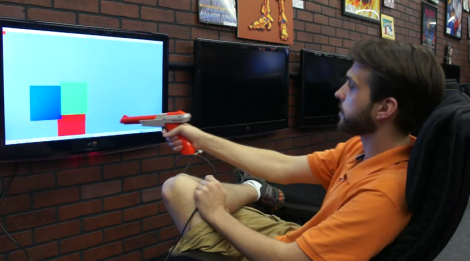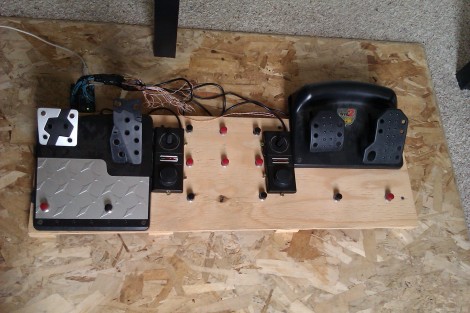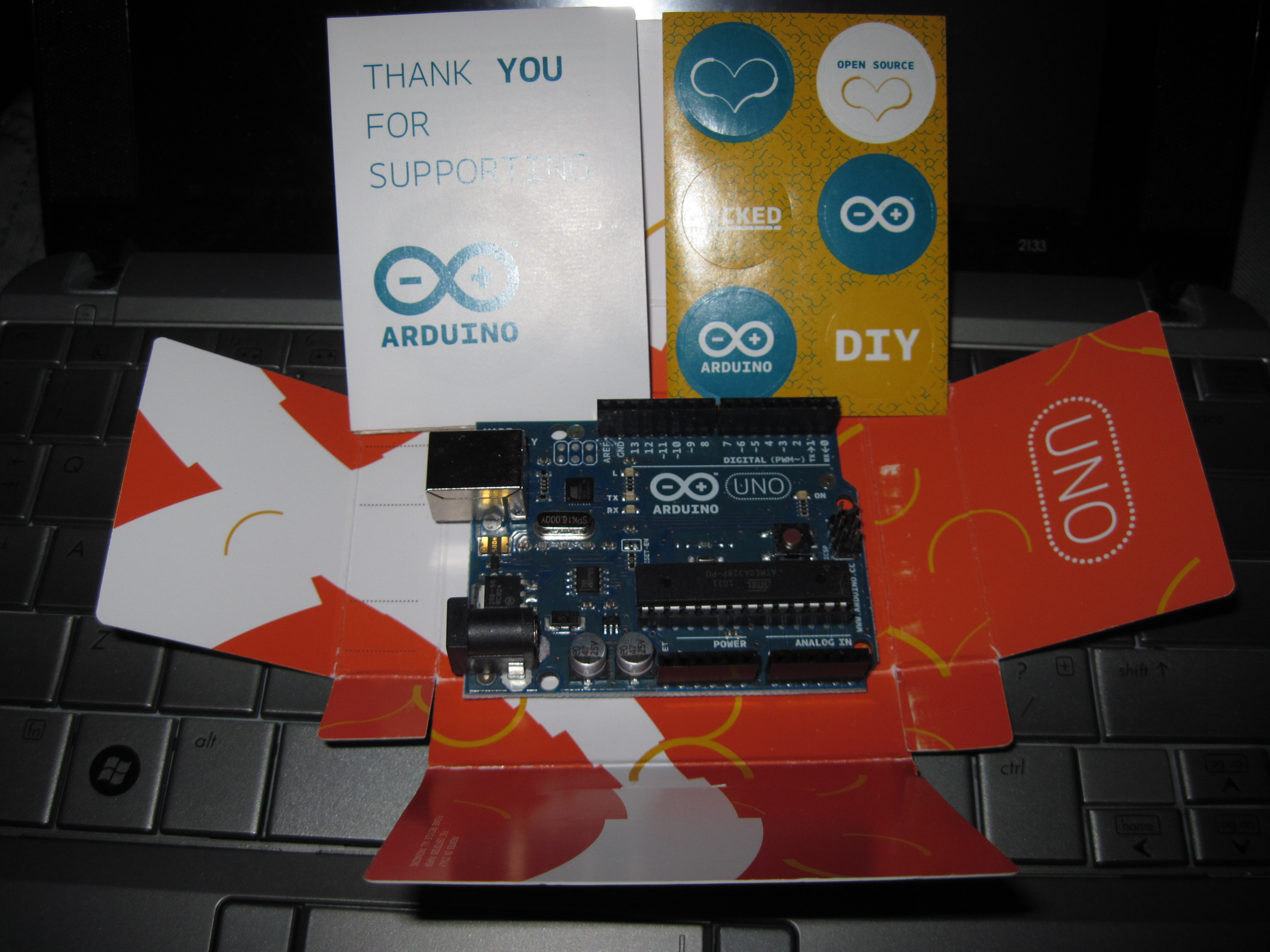
This Nintendo light gun, aka Zapper, looks like a stock device. But a peek inside shows that the circuit board has been replaced. [CNLohr] added USB functionality and a few extra sensors that let him write his own games for that use the classic controller.
After cracking open the case he measured the shape of the circuit board so that he could recreate it exactly. This let him design his own board that would drop right into the same plastic support pieces as the original. His circuit uses an ATmega8u2 to provide a USB connection and read the attached sensors. One interesting aspect is the group of four long traces that act as an expandable i2c bus. [CNLohr] went with this so that he could use daughter boards to add in sensors later. In the demonstration seen after the video he’s using a photodiode as a color sensor. It allowed him to write the color-based game seen above where you shoot a different color of target in each round.
Continue reading “Nintendo Light Gun Retrofit Lets It Play Color-based Games”















